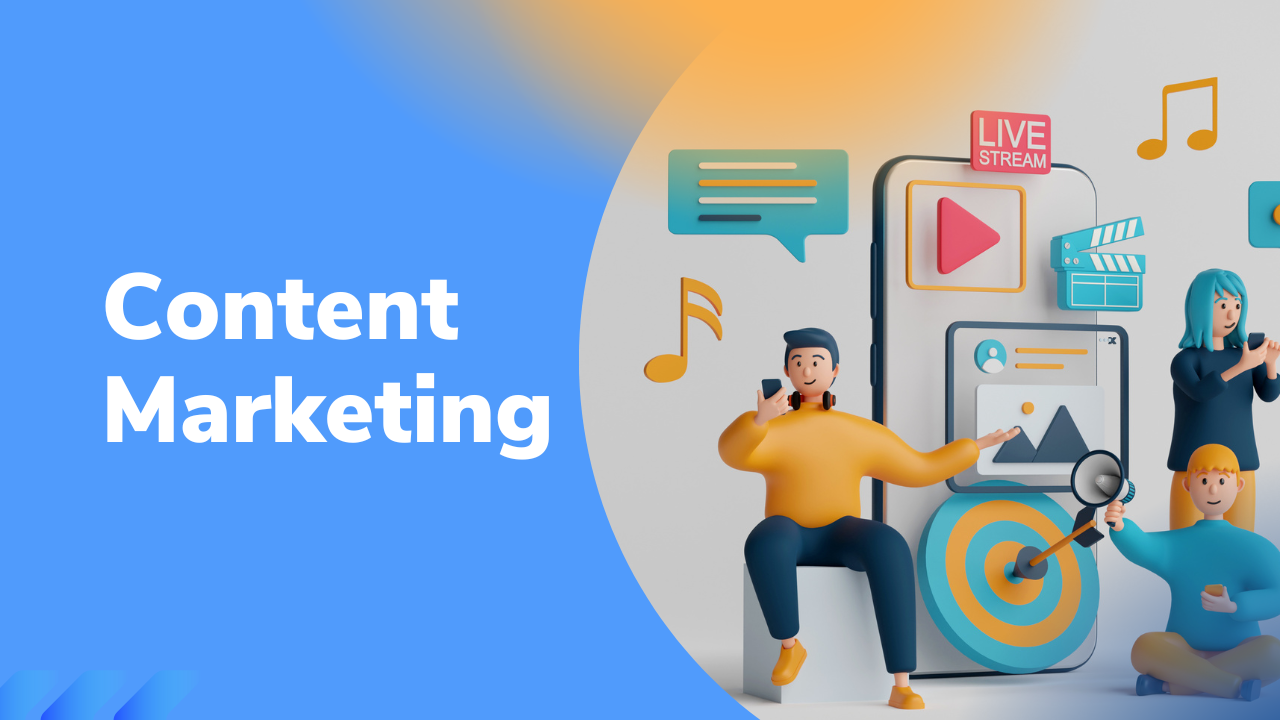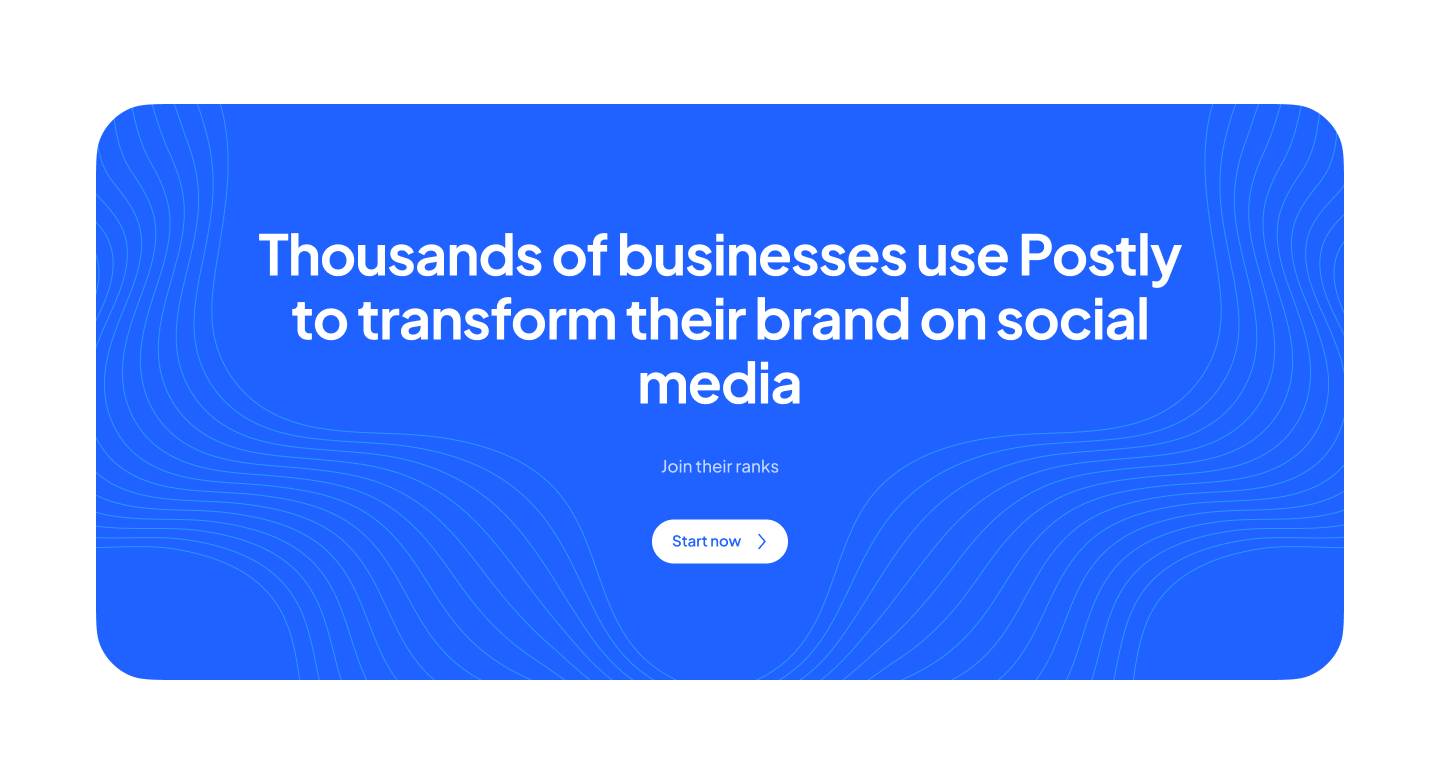The Comprehensive Guide to Writing High-Converting Landing Pages

Introduction
Landing pages are the workhorses of digital marketing, designed to persuade visitors to take specific actions, such as signing up for a newsletter, making a purchase, or downloading an ebook. A well-crafted landing page can significantly impact your conversion rates and boost your business's success. In this step-by-step guide, we'll walk you through the process of creating a landing page that not only looks appealing but also consistently converts visitors into customers.
1: Understanding the Purpose of a Landing Page
Before you start building your landing page, it's crucial to understand its primary purpose. Common goals for landing pages include:
- Lead Generation: Collecting valuable information like email addresses from visitors.
- Sales: Converting visitors into customers by encouraging them to make a purchase.
- Click-Through: Directing visitors to another page or offer, such as a product page.
- Event Registration: Encouraging visitors to sign up for webinars, workshops, or events.
- App Downloads: Convincing visitors to download your mobile app.
Defining your landing page's primary objective is the first step toward creating a compelling and effective page.
2: Knowing Your Audience
Understanding your target audience is paramount when creating a landing page that converts. Consider the following:
- Buyer Personas: Develop detailed buyer personas representing your ideal customers. Consider demographics, interests, pain points, and goals.
- Segmentation: Segment your audience based on factors like location, behavior, and preferences. Tailor your landing pages to different segments if necessary.
- User Intent: Analyze what brought visitors to your landing page. Are they seeking information, a solution to a problem, or a specific product? Understand their intent to align your content accordingly.
3: Crafting an Attention-Grabbing Headline
The headline is the first thing visitors see on your landing page, so it needs to be attention-grabbing and relevant. Here's how to create a compelling headline:
- Clarity: Make it clear and specific, so visitors immediately understand what the page is about.
- Relevance: Ensure the headline relates directly to the offer or product.
- Benefit-Oriented: Highlight the benefits of the offer to the visitor. What's in it for them?
- Actionable: Use action-oriented language that prompts visitors to take the desired action.
- Conciseness: Keep it short and to the point. Avoid long, convoluted headlines.
4: Persuasive Copywriting
Once you've grabbed visitors' attention with a compelling headline, it's time to engage them with persuasive copy:
- Speak to the Visitor: Address the visitor's needs, pain points, and desires. Make them feel like you understand their problems.
- Benefits Over Features: Focus on the benefits of your offer rather than its features. Explain how it will improve the visitor's life.
- Use Persuasive Language: Employ action words and positive language that encourages the visitor to take the desired action.
- Maintain Clarity: Keep your messaging clear and concise. Avoid jargon or overly complex language.
5: Eye-Catching Visuals
Visual elements play a crucial role in holding the visitor's attention and conveying your message effectively:
- Images and Graphics: Use high-quality images and graphics that complement your offer. Images of people using your product can be particularly persuasive.
- Video Content: Consider adding videos that explain your product or service. Video can be highly engaging and increase conversion rates.
- Infographics: If appropriate, create infographics to present information in a visually appealing and easily digestible format.
- Color Psychology: Use colors that align with your brand and evoke the desired emotions. Understand how color psychology can influence visitors.
6: Building Trust
Establishing trust is essential for conversion. Incorporate trust-building elements like:
- Testimonials: Display testimonials from satisfied customers to show that others have benefited from your offer.
- Trust Seals: Add trust seals and security certifications, such as SSL certificates, to assure visitors that their data is safe.
- Money-Back Guarantee: Offer a money-back guarantee if applicable to reduce the risk for visitors.
- Privacy Policy: Clearly communicate your commitment to protecting visitors' privacy and data.
7: Crafting Compelling CTAs
The call-to-action (CTA) is the moment of truth on your landing page. Here's how to create effective CTAs:
- Design: Use contrasting colors and eye-catching design for your CTA buttons to make them stand out.
- Actionable Copy: Use action-oriented words that convey the specific action you want the visitor to take (e.g., "Download Now," "Get Started," "Subscribe Today").
- Positioning: Place your CTA where it's highly visible, and visitors don't need to scroll to find it.
- Relevance: Ensure your CTA copy aligns with the visitor's intent and the offer.
8: Streamlining the Form
If your landing page includes a form, streamline it to reduce friction:
- Minimal Fields: Only collect essential information. In many cases, a name and email address are sufficient.
- Auto-Fill: Use technology to auto-fill fields where possible to make form completion quicker.
- Progress Indicator: For longer forms, use progress bars to show visitors how far they are from completion.
- Error Handling: Provide clear, friendly error messages if a visitor makes a mistake in the form.
9: Utilizing Scarcity and Urgency
Creating a sense of scarcity or urgency can push visitors toward conversion:
- Limited-Time Offers: Highlight limited-time promotions or discounts to encourage immediate action.
- Stock Availability: If applicable, convey limited stock availability to create a fear of missing out (FOMO).
- Countdown Timers: Add countdown timers to show the time remaining for a special offer.
- Social Proof: Display the number of people who have already taken the desired action.
10: Mobile Optimization
Given the prevalence of mobile browsing, your landing page must be mobile-responsive:
- Responsive Design: Use a responsive design that adapts to various screen sizes and orientations.
- Loading Speed: Ensure fast loading times on mobile devices. Compress images and minimize code to reduce load times.
- User-Friendly Forms: Optimize forms for mobile, making them easy to complete on small screens.
- Testing: Regularly test your landing page on different mobile devices to ensure a seamless experience.
11: SEO Optimization
Optimize your landing page for search engines to increase its visibility and reach:
- Keyword Research: Conduct keyword research to identify the search terms your audience uses.
- On-Page SEO: Incorporate keywords naturally in your content, including the headline, body, and meta tags.
- Meta Description: Write a compelling meta description that encourages clicks from search engine results pages (SERPs).
- Alt Text for Images: Use descriptive alt text for images to improve accessibility and SEO.
12: A/B Testing for Optimization
A/B testing allows you to refine your landing page by comparing different versions:
- What to Test: Experiment with different headlines, CTA buttons, form fields, and other elements.
- Data Analysis: Use A/B testing tools to gather data and determine which version performs better.
- Iterative Approach: Continuously refine your landing page based on A/B testing results.
13: Reducing Distractions
Minimize distractions on your landing page to keep visitors focused on the conversion goal:
- Remove Navigation: Eliminate site navigation options that can lead visitors away from the page.
- No External Links: Avoid including external links that may divert visitors elsewhere.
- Limited Copy: Keep the copy concise and focused on the offer, avoiding lengthy paragraphs.
14: Building a Thank You Page
Once a visitor completes the desired action, redirect them to a thank you page:
- Acknowledgment: Thank the visitor for taking the desired action.
- Next Steps: Provide clear instructions on what happens next, whether it's downloading a resource or receiving a confirmation email.
- Engagement: Consider including social sharing buttons or related offers to further engage the visitor.
15: Monitoring Performance and Data Analysis
Tracking the performance of your landing page is crucial:
- Key Metrics: Monitor metrics such as conversion rate, bounce rate, time on page, and click-through rate.
- Analytics Tools: Use analytics tools like Google Analytics or landing page-specific tools to gather data.
- Iterative Improvement: Make data-driven decisions to improve your landing page continually.
16: Iterating and Improving
Your landing page should never remain static:
- Feedback Collection: Gather feedback from visitors, peers, and A/B testing to identify areas for improvement.
- Regular Updates: Continuously make updates and refinements based on data and feedback.
17: Common Landing Page Mistakes to Avoid
Avoiding common mistakes is as important as following best practices:
- Overwhelming Visitors: Don't overload your landing page with excessive information or too many offers.
- Misalignment with Ads: Ensure that your landing page aligns with the messaging in the ad or email that brought visitors there.
18: Conclusion: Crafting Landing Pages that Convert
Creating a landing page that converts visitors into customers requires careful planning and execution. By following the steps outlined in this guide, you'll be well-equipped to build landing pages that drive successful marketing campaigns and boost your business's growth.
Whether your goal is lead generation, sales, or something else entirely, a well-optimized landing page can be a powerful tool in your marketing arsenal.

